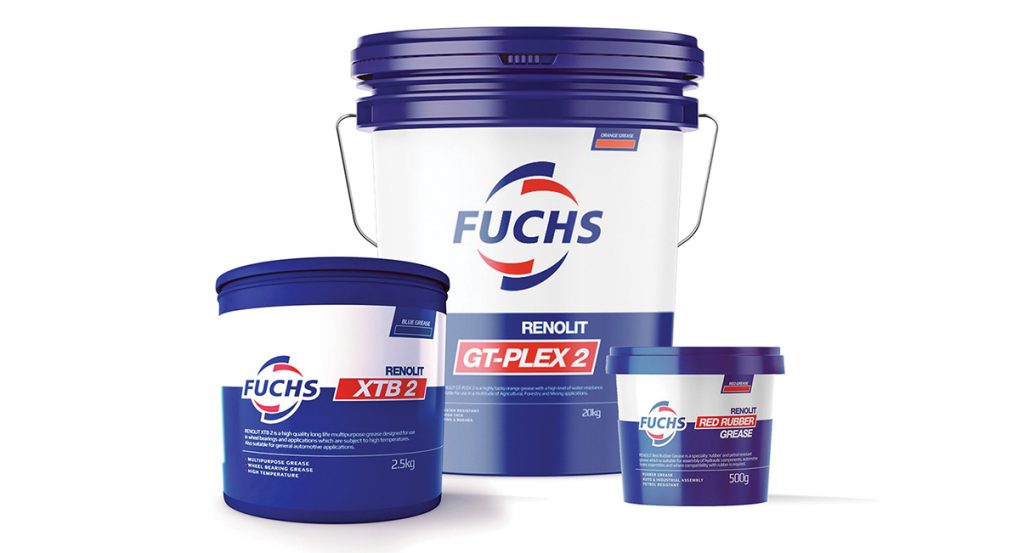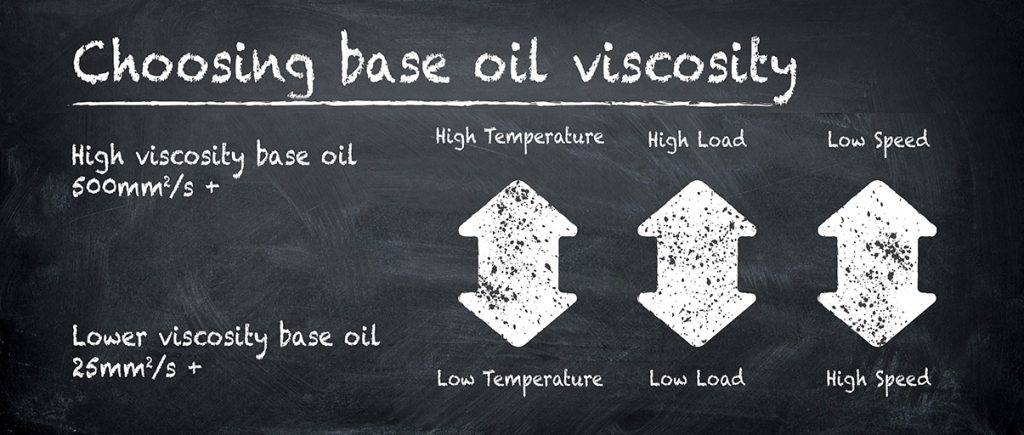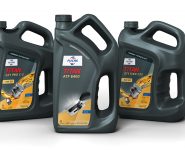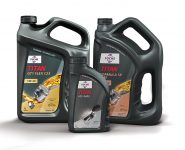FUCHS PRODUCTS MOVING YOUR WORLD
No two lubricants are the same

Whilst they serve a similar purpose, there is a myriad of different OEMs and lubricant applications across the automotive industry, and it is important to have a sound understanding of what lubricant best suits each OEM and their design philosophy application.
In this article, FUCHS reviews grease and the critical role it plays in every vehicle in the Australian car parc.
Grease versus Oil
Whilst grease and oil are both lubricants, there is a key difference: grease is thicker than oil. The thickness of the grease is achieved by introducing a thickener to oil.
Unlike oils which tend to use additive packages, FUCHS states it uses its extensive knowledge of chemicals to select the best raw materials to achieve a balanced formulation for the applications and conditions in which the grease will need to perform, meeting and in most cases, exceeding the market requirements.
FUCHS explains we also need to consider the wide array of grease thickeners which can impart desirable properties into the grease, for example calcium sulfonate complex thickeners are suitable for high temperatures, provide excellent wear protection and do not wash out in the presence of water. While lithium complex thickeners typically are highly shear stable which makes them the go-to thickener for wheel bearing applications.
Grease is vital to the automotive aftermarket, in applications including but not limited to wheel bearings, CV joints, door locks, hinges, sunroofs and seat slides.
FUCHS says its grease is expertly engineered to perform, remain in place, resist water wash-out and in some instances, act as a seal.
Grease needs to be suitable across a wide range of temperatures, have an ability to withstand high pressures and sudden loads, prevent stick slip and operate at both slow and fast speeds.
Grease 101
It is easy to get caught up in the technicality of lubricants, their base oils, additives, viscosities, and ratings, but for most of us, all you need to know are the basics:
- Thicker greases (higher base oil viscosity): thicker greases are designed for applications that operate at higher temperatures and higher loads at lower speeds.
- Thinner greases (lower base oil viscosity): thinner greases are designed for applications that operate at lower temperatures and lower loads at higher speeds.
- Grease tackiness: tackiness improves a grease’s ability to stay in place and not run away, however it is important to strike the right balance between tackiness, and pumpability and the prevention of channelling. If a grease is too tacky it will not flow back into the bearing as required, however if not tacky enough, the grease will not stay put when exposed to water.
- Grease colour: taking notice of the grease colour is important as it helps to identify when the new grease has replaced the old grease when relubricating and is also the simplest way to identify which grease to use.

FUCHS grease in the Automotive Aftermarket Industry
FUCHS says its greases are “moving your world” by keeping the wheels of the Australian Automotive Aftermarket turning.
“Given ongoing global supply chain challenges, our world-class grease laboratory located in Sunshine, Victoria has stepped up to the plate, developing locally produced next generation greases, to meet the needs of the Australian Automotive Aftermarket,” FUCHS Regional Product and Application Manager – Grease (Australasia, India and Southeast Asia), Peter Faulkner, said.
“As the only major lubricants company to still manufacture lubricants, grease, coolants, and additives in Australia, FUCHS is committed to serving the Australian Automotive market and remaining first choice through our range of premium automotive greases.”
Amongst the range are the following products.
- RENOLIT RED RUBBER GREASE is designed for the assembly of rubber components. Retaining its consistency, even at high temperatures, RENOLIT RED RUBBER GREASE resists leakage and dripping, is petrol resistant and suitable for most seals used in automotive brake assemblies and hydraulic components.
- GLEITMO 165 is a high temperature, anti-seize lubricant designed to facilitate both assembly and disassembly of nuts and bolts used in exhaust manifolds and cylinder heads. Unlike traditional copper anti-seize products, GLEITMO 165 is grey / blue in colour, based on synthetic oil with special solid lubricants to achieve constant clamping forces and outstanding high temperature performance + 1200°C.
- RENOLIT XTB 2 is a long-life grease designed for a variety of automotive applications including wheel bearings and general chassis lubrication. Blue in colour, RENOLIT XTB 2 provides improved oxidation, wear protection and corrosion resistance compared to conventional greases for trouble-free operation.
- RENOLIT DL is ideal for a range of motor vehicle assemblies including doors, locks, hinges and joints, sunroofs, boot and bonnet mechanisms, seat mechanisms, bowden cables, window lifters and adjustment mechanisms. Natural in colour, RENOLIT DL does not cause discoloration during assembly work, even if it comes in contact with painted chassis parts.
- RENOLIT GT-PLEX 2 is a multi-purpose grease for wheel bearings. Orange in colour, RENOLIT GT-PLEX 2 is designed specifically to resist squeeze-out and water wash-out whilst preventing wear and corrosion and provides an excellent seal against contamination ingress such as dust and dirt.
The future for grease
FUCHS says it is always looking to the future and finding new ways to support its customers across the Australian Automotive Aftermarket.
Continuing to review its portfolio in-line with changing market needs, ever increasing raw material costs and equipment demands, FUCHS says it aims to ensure its customers always have access to the premium lubricants they need to keep their worlds and their vehicles moving.
For more information, visit www.fuchs.com.au









